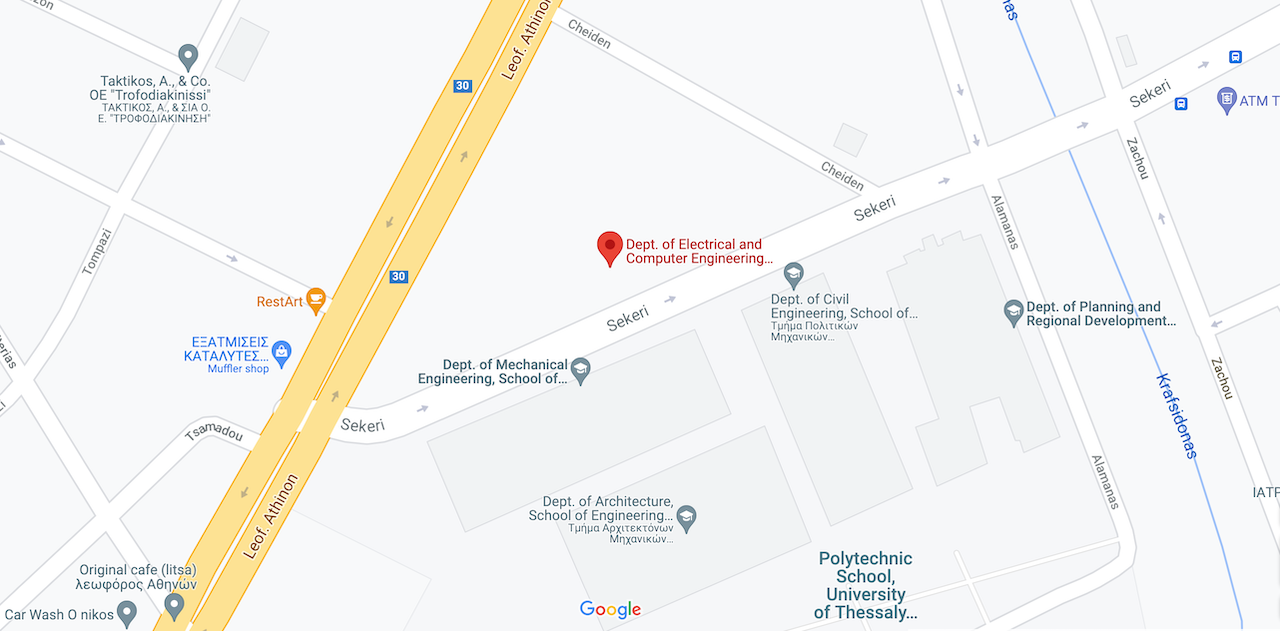| Subject Area | Signals, Communications, and Networking |
|---|---|
| Semester | Semester 7 – Fall |
| Type | Elective |
| Teaching Hours | 4 |
| ECTS | 6 |
| Prerequisites |
|
| Course Director |
|
- TCP/IP overview
- Linux and TCP/IP networking
- Local Area Networks (LANs)
- Switches and LANs
- Static and dynamic routing
- UDP and its applications
- TCP study
- Multicast and realtime service
- The Web, DHCP, NTP and NAT
- Network management and security
The main objective of this course is to familiarize students with the widely used networking protocols and mechanisms. Emphasis is given to practical issues related to the implementation of networking systems, dealing with network operation and management challenges. The students will have the opportunity to learn about networks by conducting experiments in real testbeds. Through this experimental driven approach, they will get familiar with the networking protocols that are used on the related networking equipment (hub, switch, router, etc.) and the functionality of the different network layers (Ethernet, IP, TCP / UDP). Additionally, students will perform experiments using the testbed infrastructure of NITOS and will investigate the network behavior in different topologies and various communication scenarios. Main focus will be given in the use of static/dynamic routing protocols, the UDP/TCP protocols and their inherent features, as well as of multicast and realtime transmission protocols. Moreover, widely used networking protocols (DHCP, NTP, NAT) will be studied. Finally, network management and security issues will be covered through this class.
With the successful completion of the course the student should:
- Have comprehended the OSI model, as well as the principle of encapsulation as we move vertically in the protocols of the OSI model.
- Know the fundamental protocols that are used in local area networks as well as in the Internet.
- Distinguish the different network equipment (switches, routers etc.) and the purpose they serve in networking.
- Know how to create local area networks and how to configure them in order to interconnect with other networks.
- Use basic Linux commands in order to configure and connect hosts over a local area network.
- Know how to use packet sniffing tools in order to analyze and determine the smooth operation of networking protocols within a LAN.
- Know how to manage a network with SNMP and be responsible for its security.






